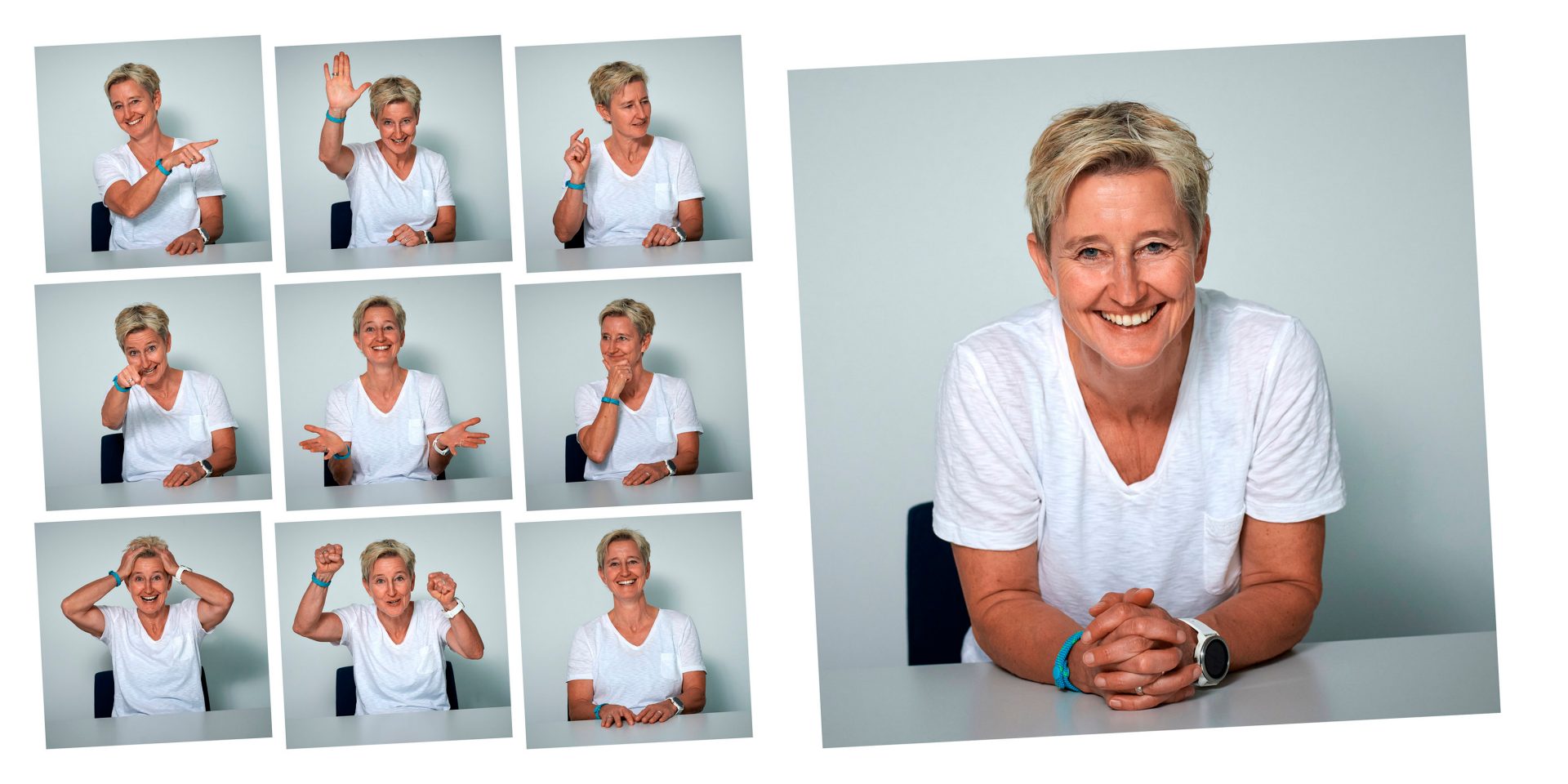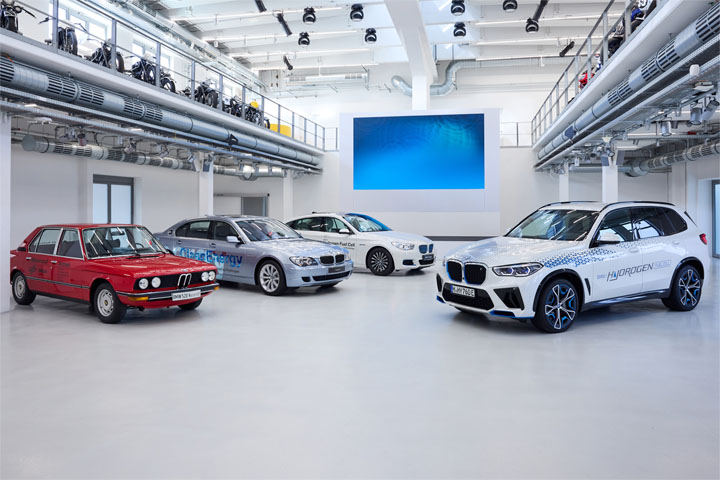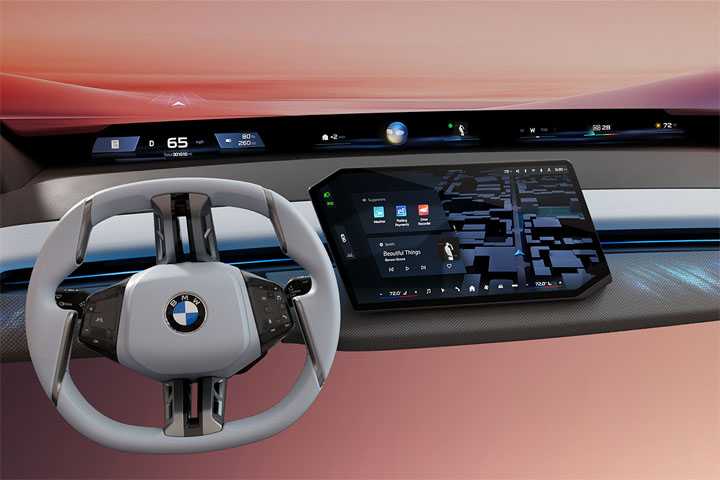In the “WEffect” sustainability series, the BMW Group highlights the sustainable contribution made by a wide range of people in the company – and the motivation that inspires them. Today: Bettina Angerer.
Sustainability has many facets at the BMW Group because we are using this term to harmonise business, the environment and society. If we are to successfully put these high standards into practice, we need our employees’ commitment. Everyone can play their part in making the BMW Group sustainable.
So, who are all these colleagues who make sustainability part of their everyday work? What drives them to roll up their sleeves throughout the company? In its “WEffect” sustainability series, the BMW Group introduces employees who play their daily part in the broad and responsible further development of our company.
In this edition of our series, Bettina Angerer, Module Manager in Predevelopment Interior Design, reveals why many people need to be given a wake-up call and processes have to be overhauled when it comes to sustainability. And why sustainable materials are amazing.

Bettina Angerer, how should we visualise a sustainable vehicle interior? Minimalist, all grey-brown jute?
Bettina Angerer: No, far from it! It’s not about doing without things – sustainable materials are cool! They have to be attractive as well, or customers just won’t buy them. As things stand today, there are two ways to make the components in the vehicle sustainable. One is by using monomaterials. This means that we manufacture components out of just one material, which can then be recycled. The other way is through using renewable raw materials. Both ways are just as legitimate. There is no right or wrong.
So maximum sustainability in the product whatever it takes – is that your goal?
Angerer: I want to see a vehicle emerge that is inspiring but also contains only sustainable elements in its interior. And I am jointly responsible for developing these components. That is my goal. Just a few years ago, “higher, further, faster” was the phrase on every engineer’s lips, about efficiency in product and process. The focus is quite different today. How do we get our energy? How do we create a cycle? How do we make it sustainable? I am an engineer to my core – and these are the questions that move my engineering heart. We need a complete rethink to find these answers. Sustainability must be the basis from the very beginning: we design really great, very desirable products. And not only are they natural, they are naturally sustainable. It totally motivates me to see sustainability from the ecological standpoint. We are premium – and that goes for sustainability too. Personally, though, I have a second driver as well: I want my nine-year-old daughter to be able to experience and enjoy nature as an adult too, just as I am able to experience it today. I direct all my passion into the combination of these two goals. This passion is what drives me. Then I am wholeheartedly involved and really good at what I do.

If your passion for the task is such a formidable driver, what could put the brakes on for you?
Angerer: There are already a few stumbling blocks. When processes have been established and solidified for 40, 50 years, it can be difficult for many people to break away from these. We have to really shake things up to make a difference though. Fortunately, there is push from above as well as from below when it comes to these entrenched processes. From above come clear targets, the strategy and also genuine support. That’s an enormous help. What is particularly exciting, however, is the push from below, through our young staff members who think differently and in new ways. This is how they drive change. As a team, we achieve great medium-term successes, but with real quick wins as well. For example, we will be able to switch to recycled yarns for the surface fabric of the interior just before launch. We are talking about large quantities, so we will save a lot of CO2. I’m really proud of results like that. We are a great team and push hard to get this huge corporate supertanker moving. I don’t know which task I would rather do right now.
Have you also adapted your private life as a result of this intensive commitment to sustainability?
Angerer: I have a very heightened awareness of all environmental issues. I am not an extremist by any means, but I want to be a good role model for my daughter. I show her nature so that she learns what it is all about, what we need to preserve. All the research in pre-development has also taught me that there is just one direction, but not just one path. There is no universal solution, no cure-all. We have to delve deep into the details every time and seek our own solution that works as effectively as possible. This is sometimes cumbersome within such a large machine.

Suppose the Chairman of the Board of BMW AG, Oliver Zipse, were to ask you what you would like to see happen to make this path easier. What do you say?
Angerer: I would say form a small team of three or four people and take them out of the daily corporate routine. Give the team a decent budget and just let them do their thing for two years. Not as a think tank, but as a direct implementation force. A nimble speedboat rather than a supertanker. A team like this can create an incredible amount – from ideas to partnerships, to many completed, highly sustainable components.
So when will it be enough?
Angerer: When sustainability is no longer a vision, but the very basis, the standard for our developments. When everyone loves the new materials and gets emotional about them because they are just so amazing. That’s when it will be good.
In the upcoming portraits from our “WEffect” sustainability series, committed colleagues will also describe their motivation and explain the contribution they are making to sustainability within the BMW Group.





